Come On & Take a Free Ride
Free Rent Concessions in a Commercial Lease
I. Introduction
Whether negotiating a lease for a new location or a renewal of a tenant’s existing location, and regardless of whether or not the deal is for an office, retail or industrial location, granting free rent needs to be part of the equation.
II. Free Rent Considerations
A few of the primary factors that determine how much free rent a landlord may be willing to give are:
- Current market conditions
- Whether the lease is for office, retail or industrial space
- For retail transactions, given that in most instances the tenant and not the landlord is performing the majority of the build out at its own expense, a strong argument can be made that a tenant should receive a large amount of free rent to partially compensate the tenant for the build out.
- The other concessions you hope to receive from the landlord
- The term of a tenant’s lease
- The financial strength and/or track record of the tenant (and its principals if not a regionally or nationally known tenant)
- Whether the landlord will be reimbursed for free rent granted by the tenant or its principals if the lease is terminated early
No True, Hard or Fast Rules of Thumb
Depending on the deal type, the market and other concessions being granted to a tenant:
- It would not be unreasonable for a tenant locking in a 5 year deal to receive 2-5 months of free rent; and
- those committing to a 10 year deal to receive 4-9 months of free rent. In some markets, tenants receive 1 month of free rent for each year of the lease term.
Bifurcating Free Rent
To make it more appealing for a landlord to be generous with offering free rent:
- When representing a tenant, instead of asking for 100% of it to be granted up-front, it’s a good idea to bifurcate the free rent by spreading it out over a period of months, with a good portion up-front and the remaining balance in either full or ½ month increments.
- For example: Spread out 9 months of free rent as 5 months up-front, 2 months thereafter in ½ month increments and lastly, 1 month free in month 18 and another in month 30.
III. Free Rent for an Existing Tenant
Secure and Stable Cash Flow to a Landlord is the Equivalent of Oxygen a Landlord Breathes
- Should an existing tenant receive free rent on its renewal?
- Brokers, landlords and tenants alike need to be cognizant of the downside of losing a tenant.
If an existing tenant relocates to a competitor’s building, among the many costs a landlord may incur include:
- The costs associated with a tenant vacating the space, such as loss of revenue from a vacancy turnover;
- the payment of a full brokerage commission or even a 150% commission on an office deal with an “override” vs. reduced or no brokerage commissions on a renewal;
- legal and architectural fees and the possibility of providing both landlord’s work and a tenant improvement allowance; and
- granting of greater free rent concessions.
Hometown Discount Analogy
- Although it might not be necessary for a landlord to treat its existing tenant as a true free agent: It should have an open mind when its tenant is willing to discuss giving its landlord a “hometown discount.”
- Landlords should in turn be willing to throw that tenant a bit of love in the form of “reduced” free rent and other concessions.
Simply, it’s a win-win for both sides in most situations where a tenant opts to remain in its space.
IV. Free Rent vs. a Tenant Improvement Allowance
An Easy Choice for Landlords
- Generally, if given a choice between giving a tenant free rent or a tenant improvement allowance (“TIA”):
- Virtually all landlords would prefer to grant a free rent concession, if for no other reason than not having to go into their pocket.
- Imagine a landlord who gets caught holding the bag after granting a large TIA to a retail tenant who goes bankrupt:
- Their consequential pain would have been easier to swallow financially if they had merely granted a large free rent concession, and made the retail tenant pay out-of-pocket for their own improvements.
V. There is No Such Thing as Something for Nothing
The Flip Side: Tenants and landlords alike need to be aware that there really is no such thing as money for nothing and perks for free! Read this simply as “LIFE IS A TRADEOFF!”
A well-crafted lease (on the landlord’s side) may have language which provides that:
- In the event of an uncured default by a tenant, the free rent granted at lease execution will need to be paid back by the tenant to landlord; and
- in order for the principals of a tenant to personally relieve themselves of their obligations under a “good guy” or straight guarantee, they will need to pay landlord any unamortized free rent concessions upon the early termination of the lease.
Tenant’s Reactive Position
- Request that the landlord and its attorney make an appointment with “planet reality” and delete the “give back free rent” language it attempted to back-door into your lease; or
- have it “sunset” after a relatively speaking short period of time (i.e. 1-3 years from rent commencement).
VI. Conclusion
Tenants should know that regrettably, most landlords are not big fans of Roger Daltrey’s & Pete Townshend’s “I’m Free” mantra when it comes to their tight fisted generosity in doling out free rent concessions. They instead prefer to channel other lyrics in the song, namely that when it comes to the concept of “freedom tastes of reality.” The reality they refer to being that of the tenant recognizing that a landlord’s concession dollars are fungible and as such, the more they receive in free rent, the less they will receive from the landlord in the form of other concessions.

